Unlocking the Future of Automation with Advanced Robot Vision Systems
In today's rapidly evolving technological landscape, the implementation of advanced robot vision systems stands at the forefront of automation, reshaping industries and enhancing operational efficiency. According to a report by MarketsandMarkets, the global machine vision market is projected to reach USD 12.36 billion by 2024, growing at a CAGR of 7.4% during the forecast period. This exponential growth underscores the increasing reliance on sophisticated robot vision systems capable of performing intricate tasks such as quality inspection, sorting, and navigation. These systems not only improve productivity but also significantly reduce operational costs and human error, making them indispensable in sectors like manufacturing, logistics, and healthcare. As businesses seek to streamline processes and gain a competitive edge, understanding and harnessing the potential of robot vision systems becomes crucial for unlocking the future of automation.
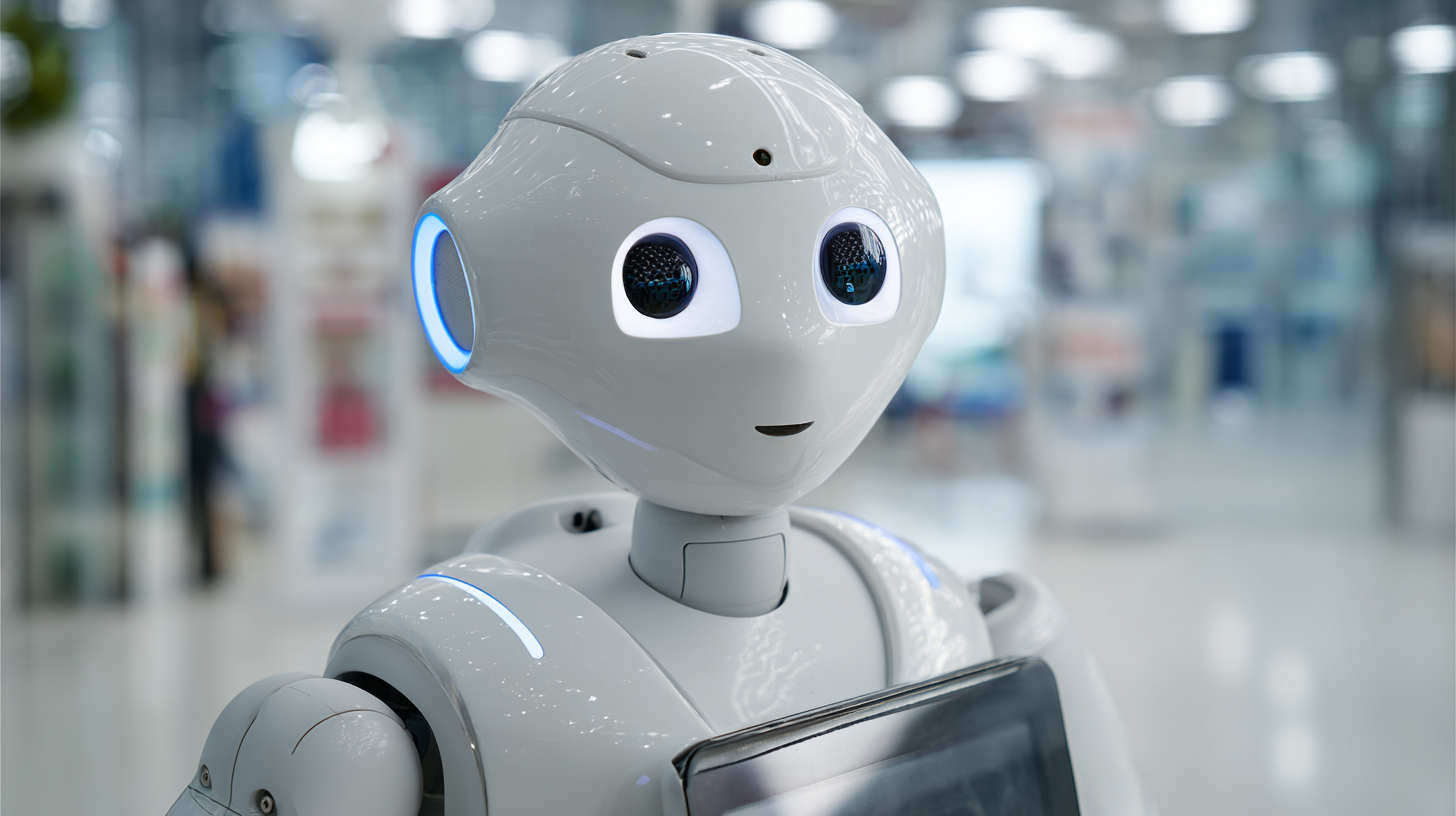
The Evolution of Robot Vision: Historical Milestones and Future Directions
The development of robot vision systems has undergone significant transformation over the past few decades, marking key milestones that highlight advancements in technology. Initially, early robotic systems relied on simple sensors and basic image processing techniques, which limited their ability to interpret complex environments. With the introduction of machine learning algorithms and enhanced camera technologies in the late 20th century, robots began to recognize and classify objects with remarkable accuracy. This evolution paved the way for applications in various sectors, including manufacturing, agriculture, and healthcare.
Looking ahead, the future of robot vision appears even more promising, with emerging technologies such as deep learning and artificial intelligence shaping the next generation of systems. These advancements will enable robots to perceive their surroundings with human-like understanding, adapting to dynamic conditions and performing tasks with greater autonomy. As we progress, integrating advanced visual recognition capabilities will not only enhance operational efficiency but also open up new avenues for cooperation between humans and machines, driving innovations across industries. The journey of robot vision is poised to continue, leading us into an era where automated systems redefine the boundaries of possibility.
Key Technologies Driving Advanced Robot Vision Systems in Automation
The global machine vision market is poised for significant growth, expected to surge from $11.61 billion in 2024 to $22.59 billion by 2032, representing a compound annual growth rate (CAGR) of 8.7% during this period. This substantial increase underscores the pivotal role that advanced robot vision systems play in automation. Such systems are essential for enhancing accuracy and efficiency in various industrial applications, including welding, assembly, and quality control.
Recent advancements in core technologies have paved the way for breakthroughs in robotic welding, exemplified by innovative developments in automation at manufacturing bases. These advancements enable robots to perform complex tasks with greater precision and reliability. Moreover, the emergence of autonomous systems, including AI-driven agricultural robots, illustrates how advanced vision technologies are revolutionizing sectors beyond traditional manufacturing. As companies continue to adopt sophisticated robot vision systems, the landscape of automation will shift towards a more intelligent and efficient future.
Unlocking the Future of Automation with Advanced Robot Vision Systems
| Dimension | Details |
|---|---|
| Image Processing Techniques | Utilizes deep learning algorithms to analyze and interpret visual data. |
| Sensor Technologies | Includes cameras, LIDAR, and infrared sensors for precision data capture. |
| Application Areas | Manufacturing, logistics, agriculture, and healthcare sectors. |
| Challenges | Adapting to varying environments and ensuring real-time processing. |
| Future Trends | Integration of AI-driven analytics and enhanced machine learning capabilities. |
| Market Growth | Expected to grow at a CAGR of 20% by 2026 due to increasing automation. |
Real-World Applications: How Robot Vision is Transforming Industries
The integration of advanced robot vision systems into various industries is proving to be a game changer, leading to significant improvements in efficiency and productivity. According to a report by MarketsandMarkets, the global market for machine vision is expected to reach $25.89 billion by 2025, growing at a CAGR of 7.5%. This growth is largely driven by the demand for automation in sectors such as manufacturing, logistics, and healthcare, where precision and speed are paramount.
In the manufacturing realm, robot vision systems are revolutionizing quality control processes. For instance, in automotive manufacturing, companies like BMW have adopted vision-guided robots to inspect parts at high speed, ensuring that only defect-free components reach assembly lines. This approach has not only reduced waste but has also decreased inspection times by up to 30%. Furthermore, in logistics, Amazon's use of robotic vision technology for inventory management streamlines operations and enhances order accuracy, thereby improving overall customer satisfaction. These real-world applications illustrate how robot vision is not just a technological novelty but a crucial element in driving industrial transformation.
Impact of Robot Vision Systems Across Industries
Challenges and Solutions in Implementing Effective Robot Vision
The implementation of advanced robot vision systems faces several critical challenges that businesses must address to fully harness their potential in automation. One primary hurdle is the complexity of visual interpretation, which requires not only high-resolution cameras but also sophisticated algorithms to process and understand visual data. According to a report by MarketsandMarkets, the global machine vision market is expected to grow from USD 9.6 billion in 2021 to USD 16.3 billion by 2026, highlighting the increasing investment in technologies aimed at overcoming these challenges.
Moreover, training these systems in diverse environments poses another significant challenge. Variability in lighting, object shapes, and backgrounds can lead to misinterpretations. A study from the International Journal of Advanced Robotic Systems indicates that improvements in machine learning approaches can enhance adaptability, allowing robots to function effectively in dynamic settings. Developing robust training datasets and implementing transfer learning techniques are crucial solutions for minimizing errors and ensuring reliability in robotic vision applications. Companies that successfully navigate these obstacles will be better positioned to leverage automation for increased efficiency and productivity.
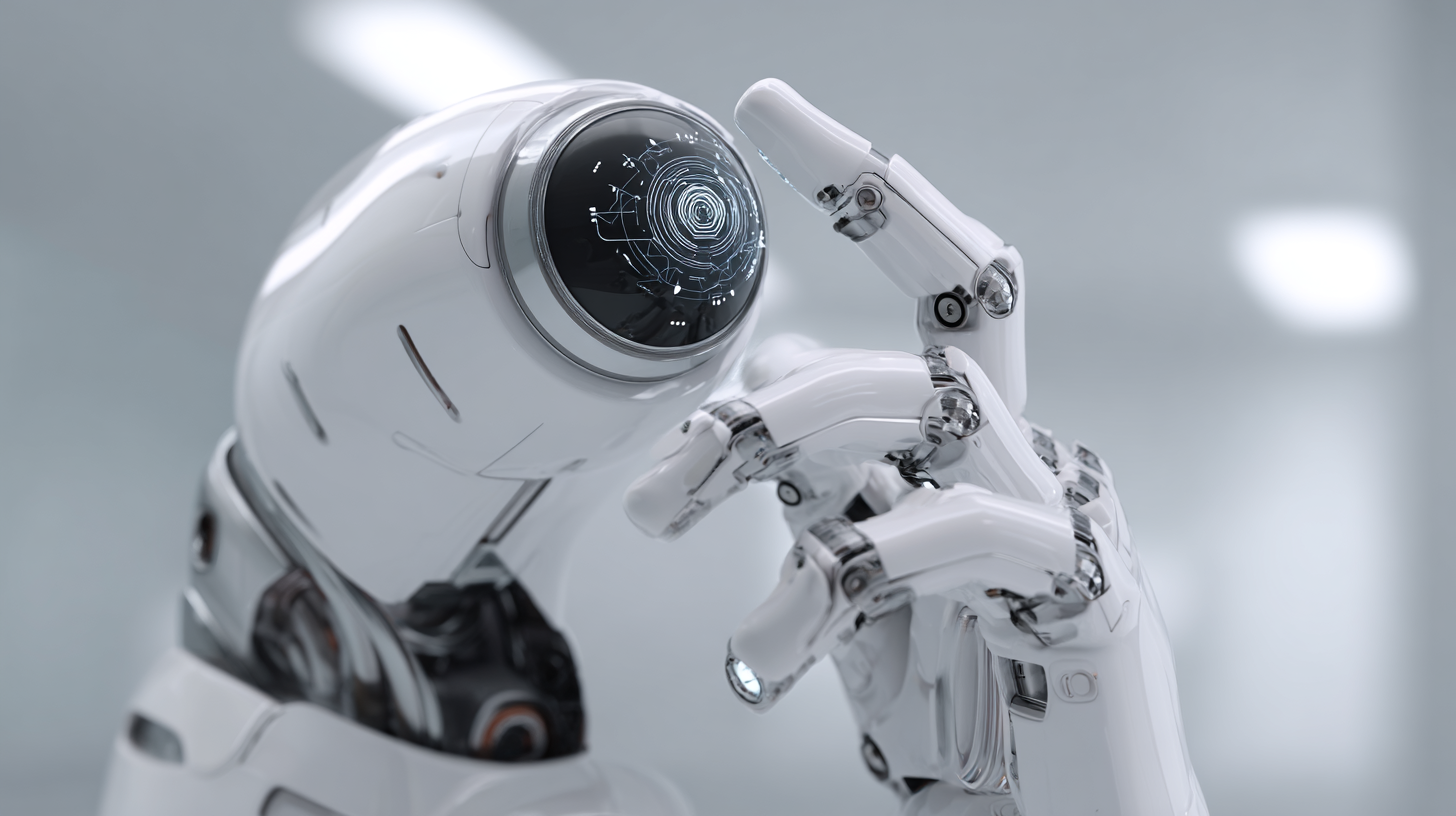
The Role of Artificial Intelligence in Enhancing Robot Vision Capabilities
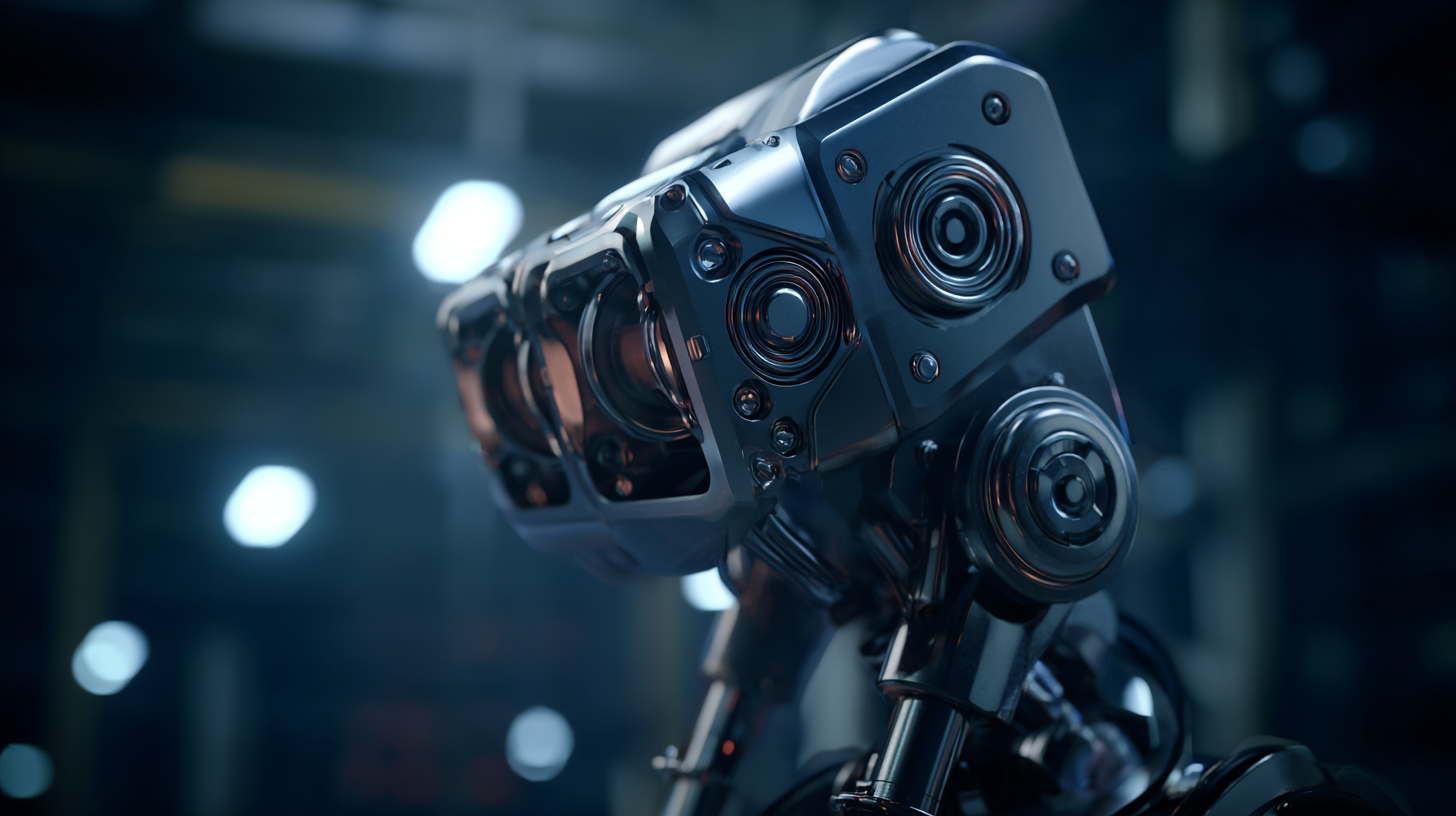 The integration of artificial intelligence (AI) into robot vision systems is revolutionizing automation across various industries. By leveraging machine learning algorithms and advanced image processing techniques, robots can now interpret visual data with unprecedented accuracy. This enhancement allows robots to not only recognize objects but also make informed decisions based on the information they gather. For instance, in manufacturing, AI-driven vision systems can monitor production lines, identifying defects in real time and adjusting processes without human intervention, thereby increasing efficiency and reducing waste.
The integration of artificial intelligence (AI) into robot vision systems is revolutionizing automation across various industries. By leveraging machine learning algorithms and advanced image processing techniques, robots can now interpret visual data with unprecedented accuracy. This enhancement allows robots to not only recognize objects but also make informed decisions based on the information they gather. For instance, in manufacturing, AI-driven vision systems can monitor production lines, identifying defects in real time and adjusting processes without human intervention, thereby increasing efficiency and reducing waste.
Moreover, the capabilities of AI-powered robot vision extend beyond traditional industrial applications. In sectors like healthcare, robots equipped with advanced vision systems can assist in surgical procedures, utilizing AI to analyze real-time images and enhance precision. Similarly, in the agricultural field, drones with sophisticated vision capabilities can assess crop health, identify pest infestations, and optimize resource allocation. The fusion of AI and robot vision not only elevates functional performance but also paves the way for innovative applications that were previously deemed impossible, transforming the future landscape of automation.
Related Posts
-
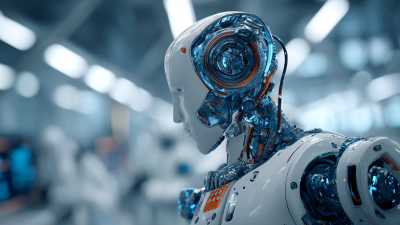
Exploring the Future of Robot Servo Technology at the 2025 China Import and Export Fair
-
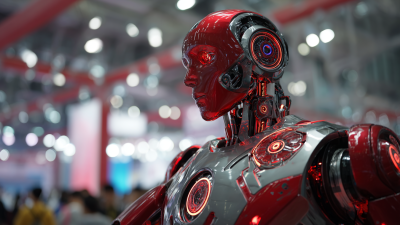
Robotic Process Innovations at the 138th Canton Fair 2025 Transforming Industry Standards in China
-
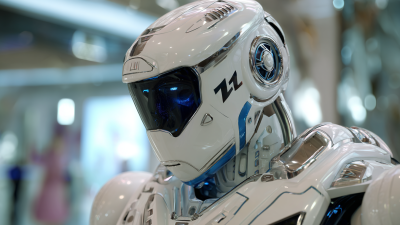
Transforming Industry with Intelligent Robots at the 138th Canton Fair in 2025
-
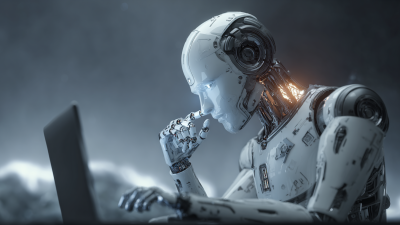
Unlocking the Future of Automation with Digital Robotic Process Techniques
-
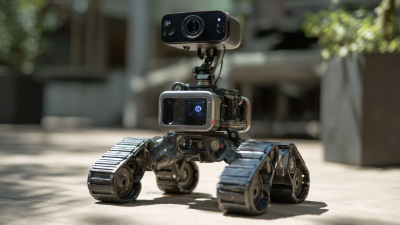
How to Enhance Your Photography Skills with Innovative Camera Robots
-
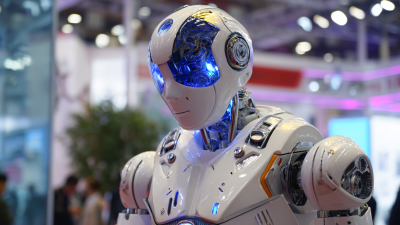
Exploring the Future of Robot Servos at the 138th China Import and Export Fair in 2025






